What is DeafSpace and how can it enhance architecture for everyone?
DeafSpace learnings can help create profoundly sense-centric architecture; why shouldn't groundbreaking designs also be inclusive?
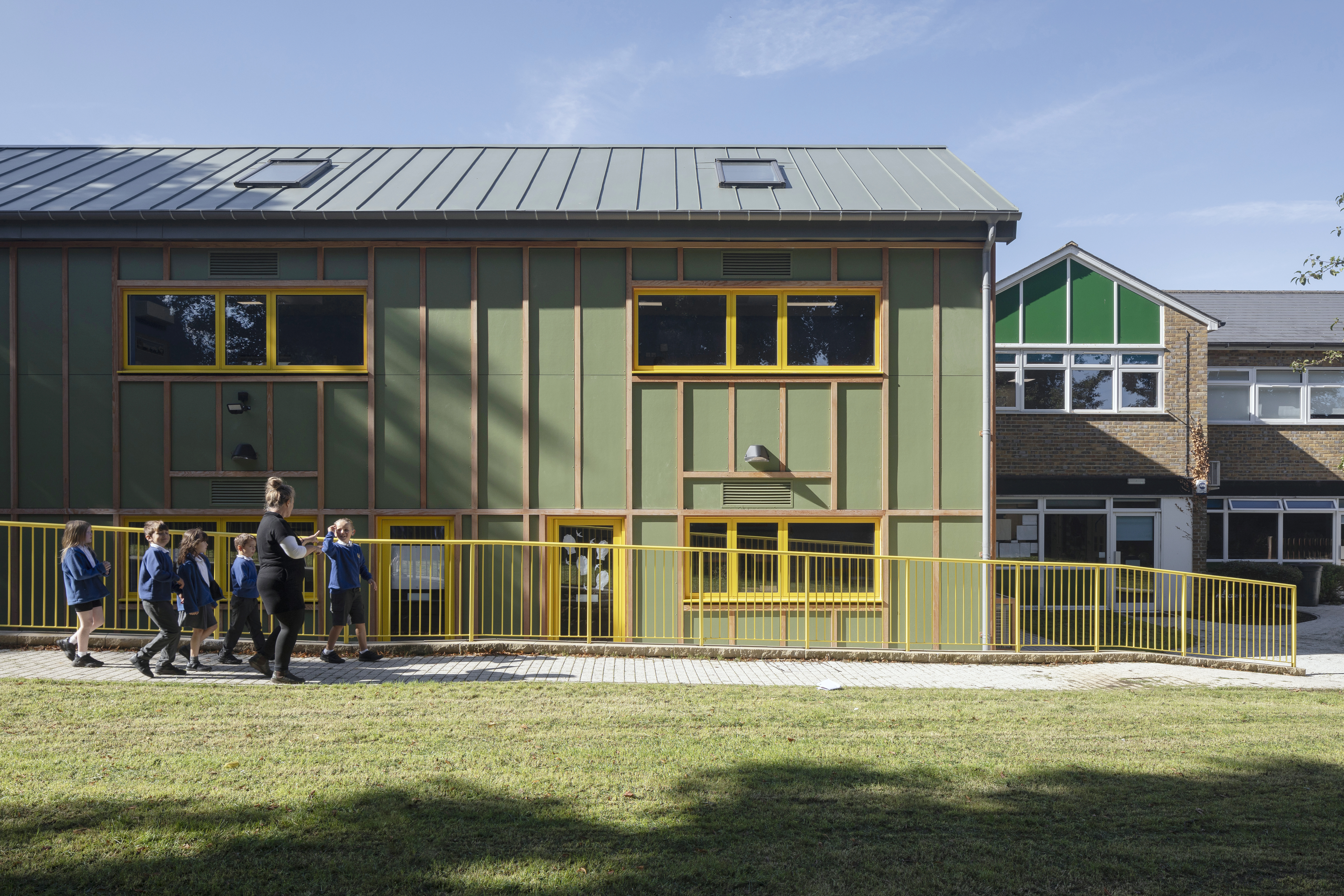
How can architecture embrace diversity? The DeafSpace approach offers an answer, and a much-needed alternative to what, until recently, has been the norm in building design.
Even with a growing awareness of how design can exclude parts of the population, inclusive architecture can still be viewed as challenging the mythical ideal of ‘architectural purity’. The now-iconic Modular Man by Le Corbusier has long epitomised mainstream architecture's tendency to centre design around a small pool of archetypal athletic men.
Beyond this tradition of the architectural canon, the lesser-known principles of DeafSpace offer a powerful model for creating not just for accessibility but for altogether better design. Developed within the Deaf community, DeafSpace reimagines architecture with an acute awareness of sensory and social experience.
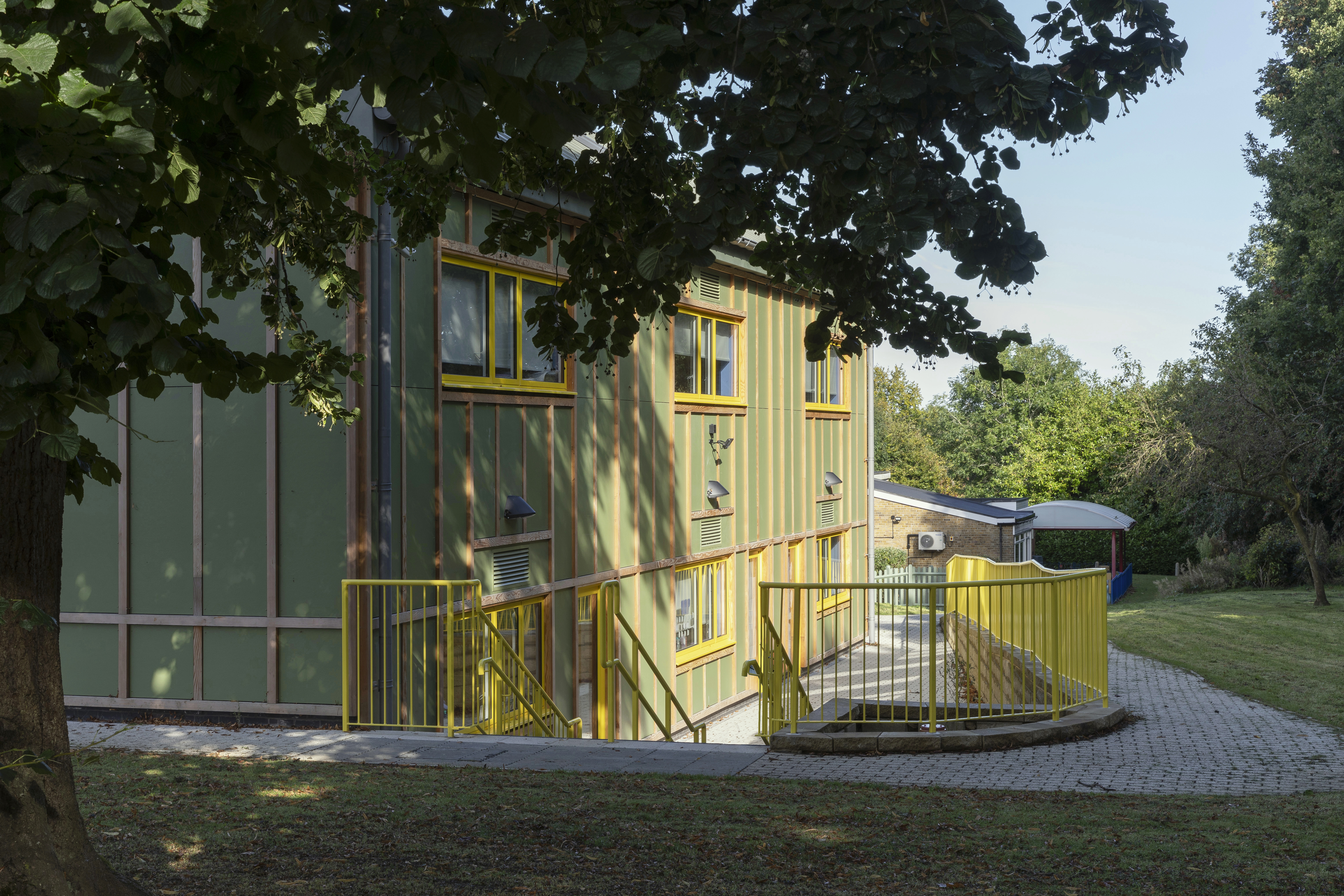
Heathlands School for deaf children in St Albans
What is DeafSpace?
In many cases, inclusivity in architecture is left as an afterthought in the design process; a culture of compliance usually leads to bureaucratic box-ticking – a far cry from creating anything that is loving or, dare we say, aesthetically pleasing. In contrast to this, DeafSpace aims to weave in a visceral human-focused approach that informs form, function, and aesthetics from the very beginning.
As bell hooks (the pen name of American author Gloria Jean Watkins) famously said, 'Feminism is for everybody.' Likewise, while rooted in the experiences of the deaf community, Deaf architect and DeafSpace expert Richard Dougherty explains, ‘DeafSpace is also about “deaf gain”, ie, the benefits which extend beyond the deaf community at an intersectional level.’
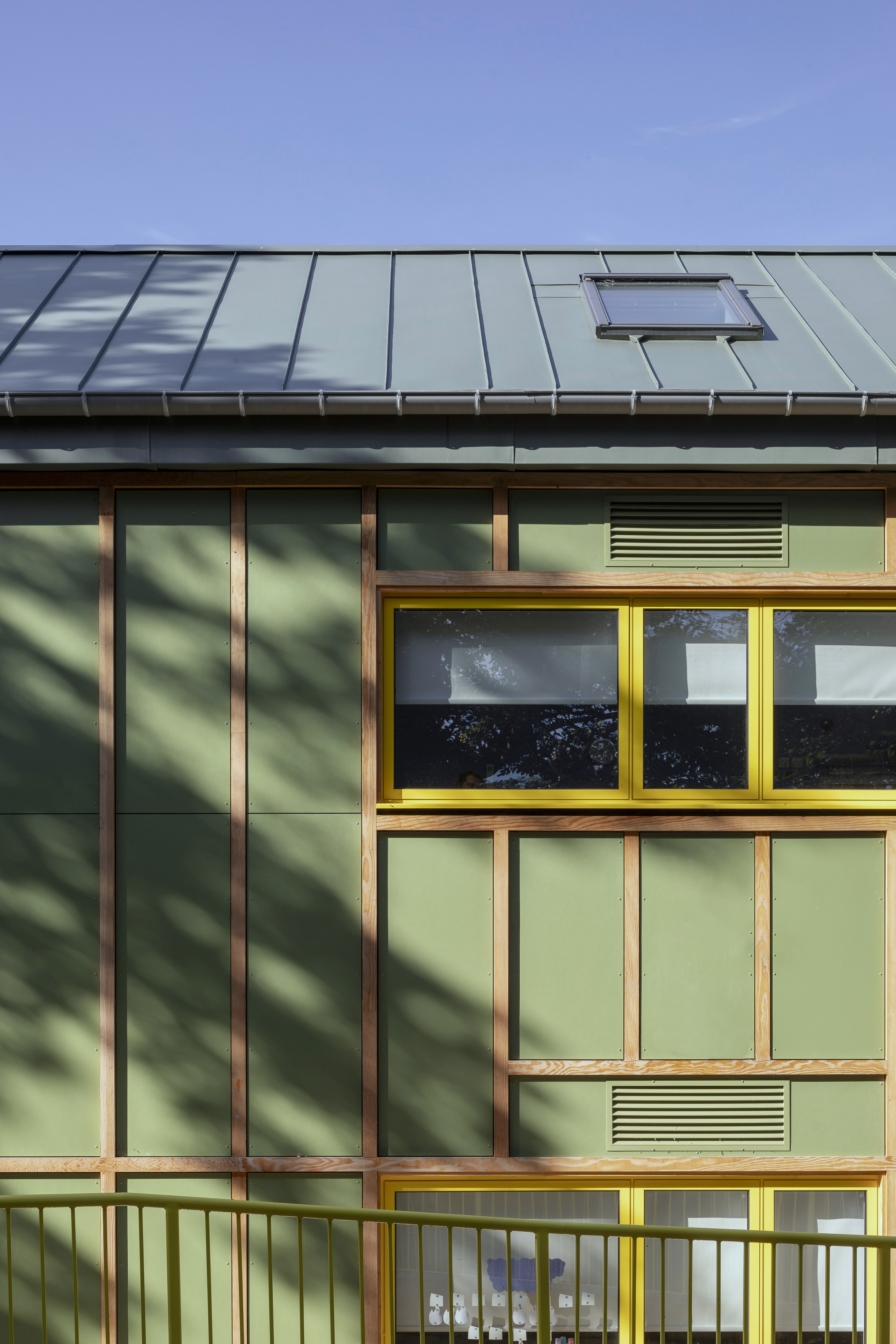
Heathlands School for deaf children in St Albans
The DeafSpace principles
- Transparency
- Vibration
- Reflection
- Visibility
- Sharing
For DeafSpace, five key criteria – transparency, vibration, reflection, visibility, and sharing – outline ways of accommodating varying levels of sensory reach, marking a return to our innate qualities of being human.
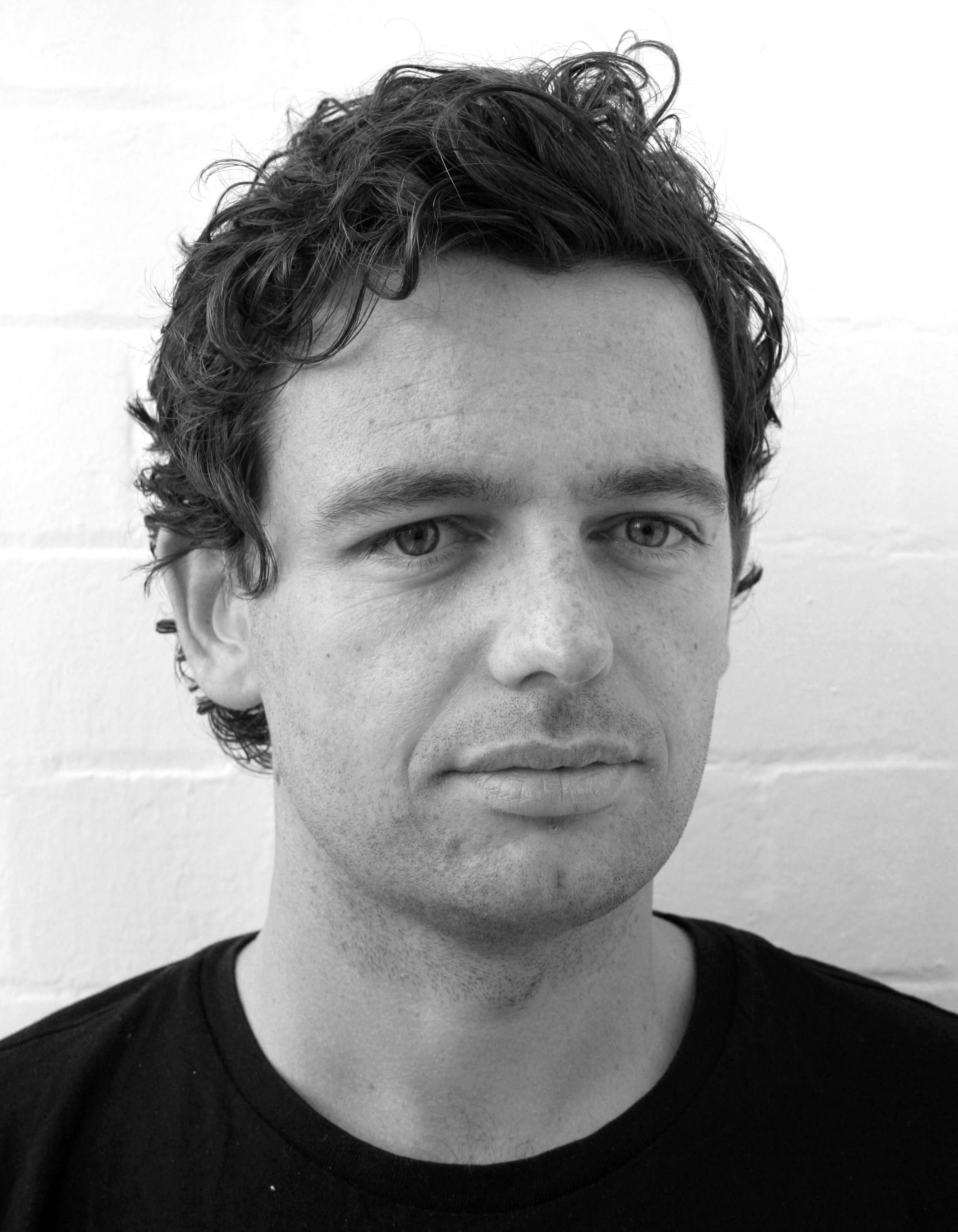
Richard Dougherty
Dougherty continues, 'We’ve always been visual creatures, tactile creatures. We've danced and sat around fireplaces... The question is how do these kinds of spaces become designed to support those ways of being that are multisensory and interconnected?'
Wallpaper* Newsletter
Receive our daily digest of inspiration, escapism and design stories from around the world direct to your inbox.
Since DeafSpace’s introduction in 2005, a handful of architects have been leading the charge in bringing its principles into projects. New facilities like the Woodlands Building at Heathlands School for deaf children in St Albans demonstrate how design inclusivity can act as a prerequisite to architectural style.

Chris Laing
Completed in 2024, the project was delivered by architecture practice Manalo & White in collaboration with Dougherty. It includes six additional classrooms linked to existing buildings by a series of interwoven liminal spaces. Sidestepping the need for narrow, enclosed corridors, the new addition favours covered outdoor spaces, which afford students a generous view of their surroundings while also allowing space for them to gesticulate effectively while traversing the site.
Meanwhile, timber battens clad the exterior, breaking up the mass of the building and making its facets easier to read from close up and far away. Speaking about elements of the material palette, Steve Fox, architect at Manalo & White, notes, 'We were keen to create variations in texture, thinking about the building as a “felt” object as well as a seen one.'

The Clearing in Braunschweig, Germany
Students also need to be able to read facial expressions effectively. As a result, classrooms benefit from dual aspects to avoid silhouetting and encourage diffused light, which helps illuminate rooms naturally. Fox continues, 'The school considered that many children have multiple challenges, not just deafness, but also vision or mobility issues. The space design isn't just for hearing needs, it supports a breadth of sensory experiences.'
Taking a similar stance, the pop-up project The Clearing in Braunschweig, Germany, was designed by The DisOrdinary Architecture Project in collaboration with Dougherty and Chris Laing. The design works to transform a previously underutilised site into a vibrant social space by engaging with local deaf and blind communities.

The Clearing in Braunschweig, Germany
Taking inspiration from nature, tendril-like curtains cascade down to the ground, creating varying layers of permeability that gently usher occupants into the orbit of the structure. Throughout, seating and areas for socialising are arranged in circular shapes to support visual connection, allowing participants to see and sign to each other clearly without spatial hierarchy. Laing comments, 'There's no one at the head of the table, it feels democratic, and it’s that feeling of gathering around where everyone can contribute.'
As Jos Boys, founder of The DisOrdinary Architecture Project, explains, 'DeafSpace is one of many potentialities, there's no such thing as a one-size-fits-all solution, but we need diversity, and this is just one of many ways of designing with generosity.' With a growing and deeper understanding of our diverse physical and neurological experiences, could we see more buildings embracing DeafSpace as a creative catalyst? More than just a framework for accessibility, DeafSpace offers a blueprint for inclusive architecture that is visually compelling and sensorially rich, benefiting not only the deaf community but all who engage with the built environment.
-
 In Wales, Michelin-starred Gorse celebrates the country’s abundant larder
In Wales, Michelin-starred Gorse celebrates the country’s abundant larderGorse is the first Michelin-starred restaurant in Cardiff, putting Welsh cuisine on the map. We speak with chef and founder Tom Waters about the importance of keeping culinary traditions alive
By Tianna Williams
-
 Ludmilla Balkis’ organic, earthy ceramics embody the Basque countryside
Ludmilla Balkis’ organic, earthy ceramics embody the Basque countrysideThe sculptor-ceramicist presents a series inspired by and created from found natural objects in a New York exhibition
By Anna Solomon
-
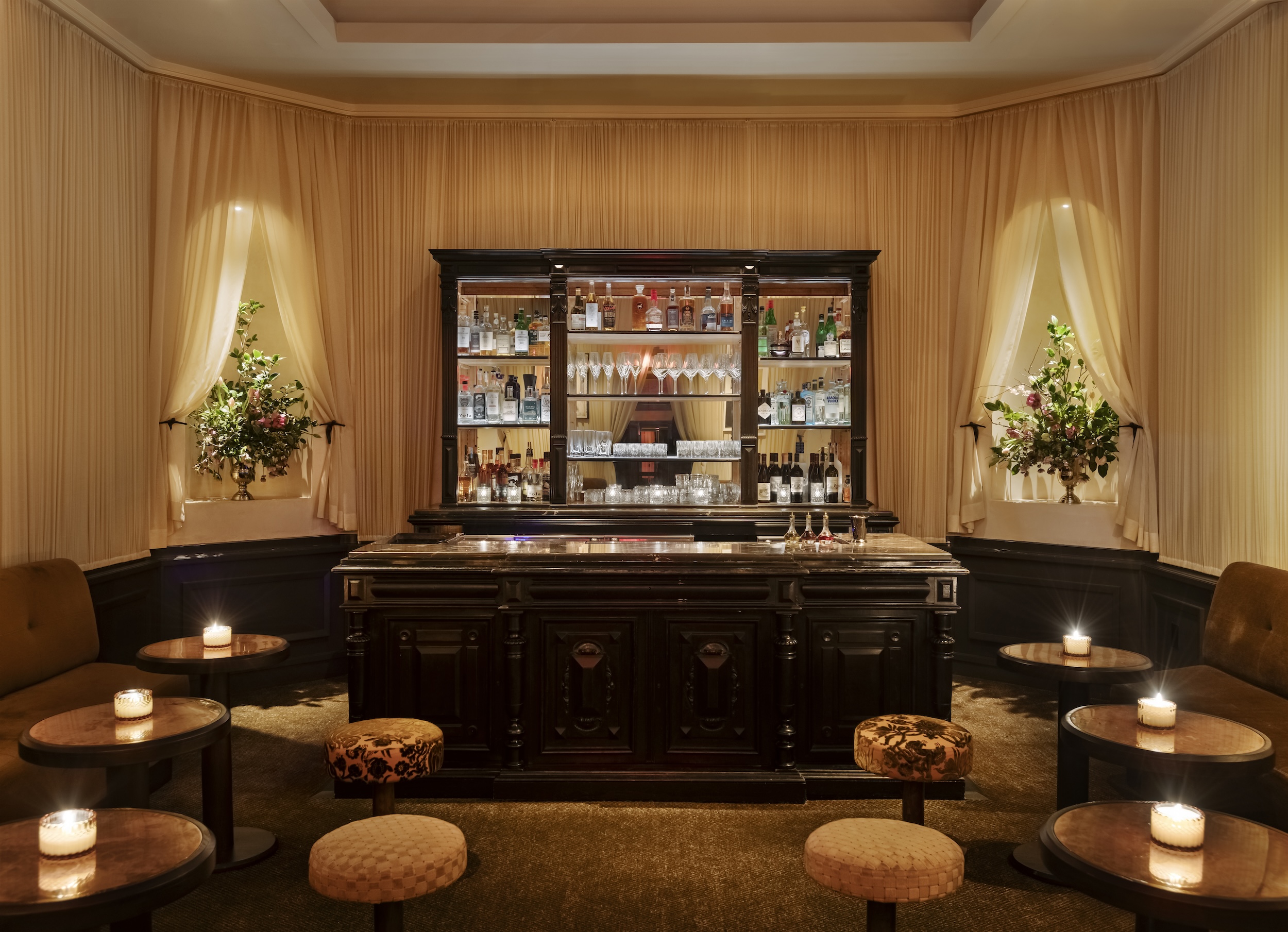 At this secret NYC hangout, the drinks are strong and the vibes are stronger
At this secret NYC hangout, the drinks are strong and the vibes are strongerFor People's bar, Workstead serves up a good time
By Anna Fixsen
-
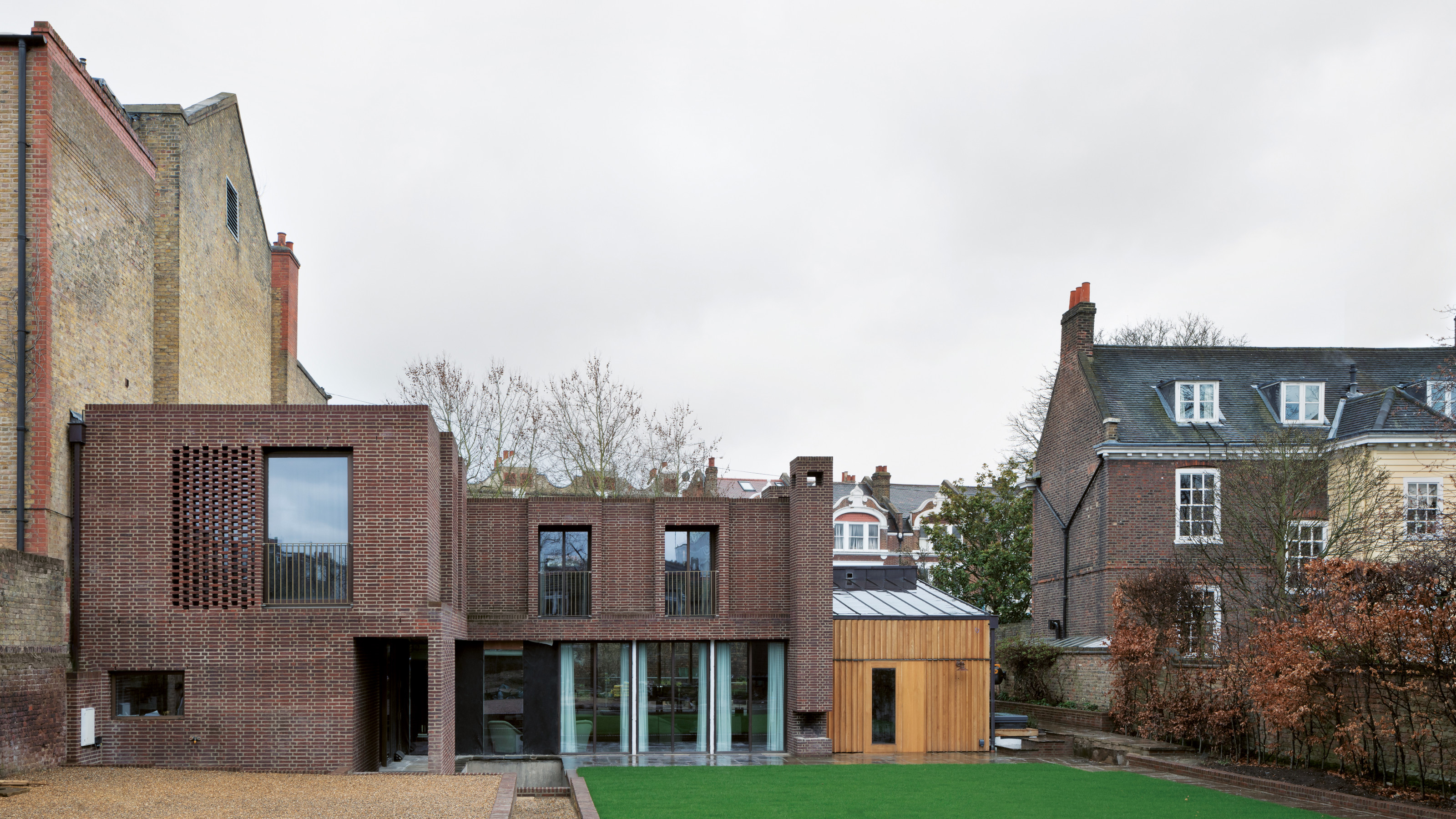 A new London house delights in robust brutalist detailing and diffused light
A new London house delights in robust brutalist detailing and diffused lightLondon's House in a Walled Garden by Henley Halebrown was designed to dovetail in its historic context
By Jonathan Bell
-
 A Sussex beach house boldly reimagines its seaside typology
A Sussex beach house boldly reimagines its seaside typologyA bold and uncompromising Sussex beach house reconfigures the vernacular to maximise coastal views but maintain privacy
By Jonathan Bell
-
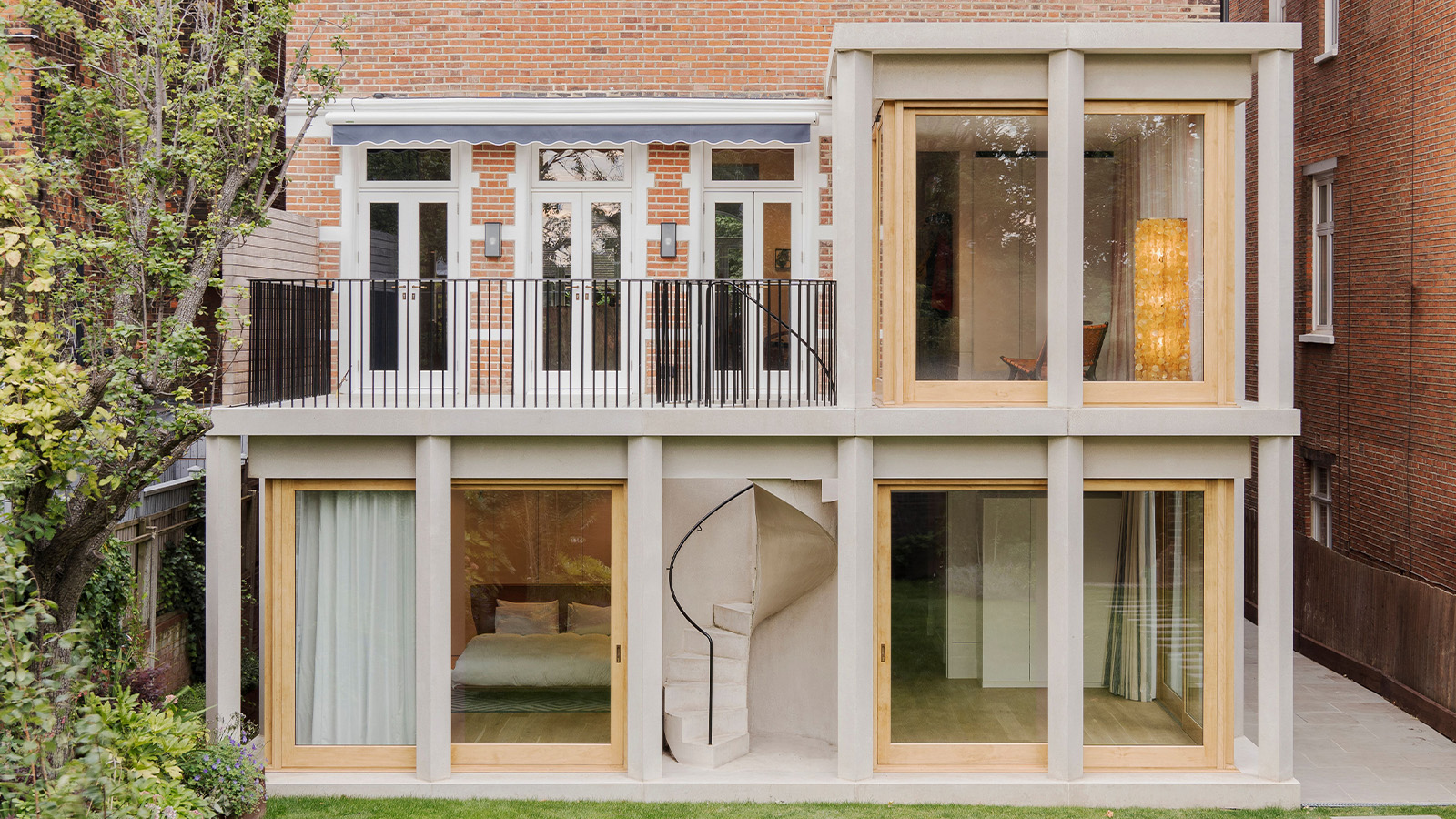 This 19th-century Hampstead house has a raw concrete staircase at its heart
This 19th-century Hampstead house has a raw concrete staircase at its heartThis Hampstead house, designed by Pinzauer and titled Maresfield Gardens, is a London home blending new design and traditional details
By Tianna Williams
-
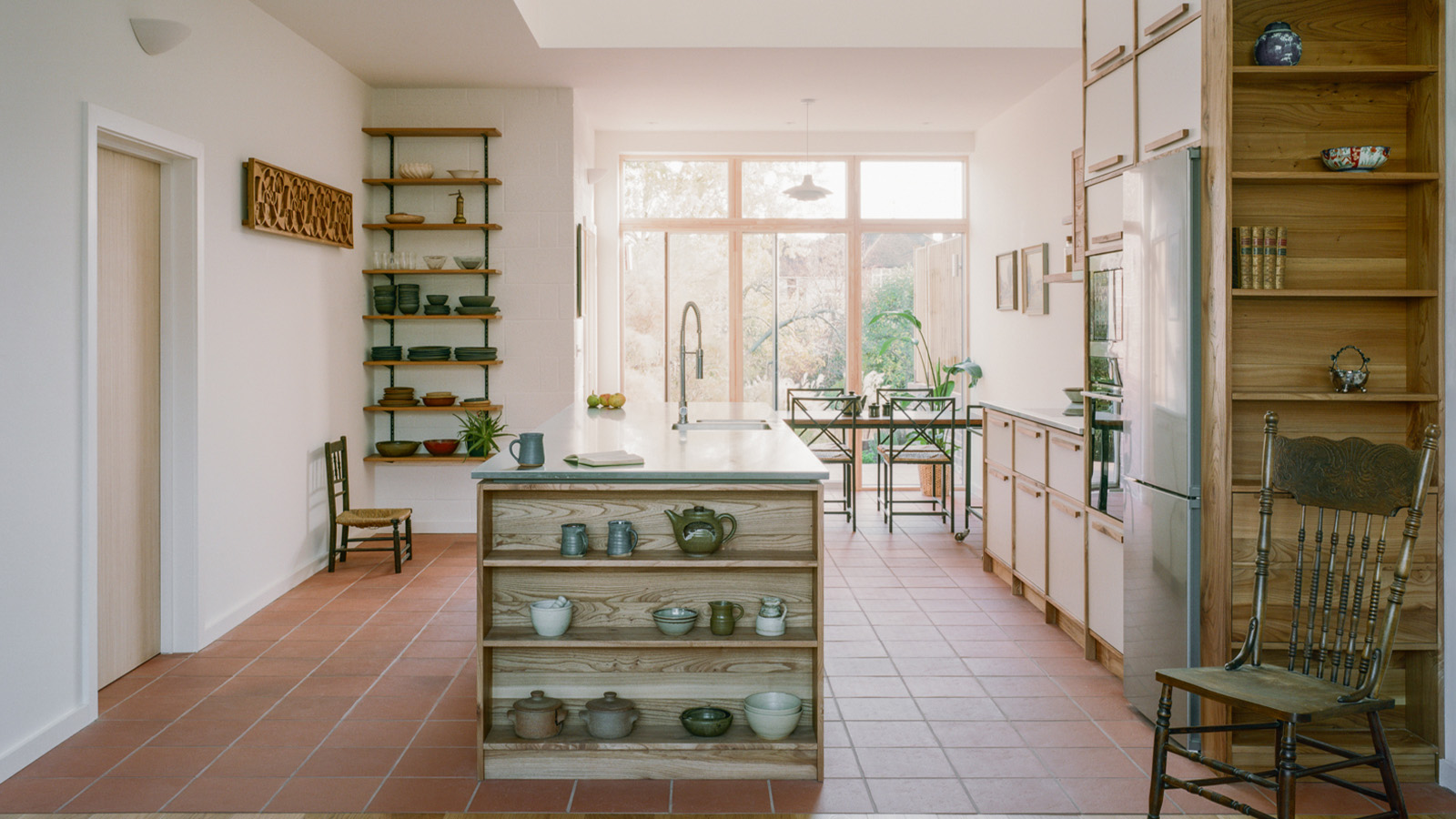 An octogenarian’s north London home is bold with utilitarian authenticity
An octogenarian’s north London home is bold with utilitarian authenticityWoodbury residence is a north London home by Of Architecture, inspired by 20th-century design and rooted in functionality
By Tianna Williams
-
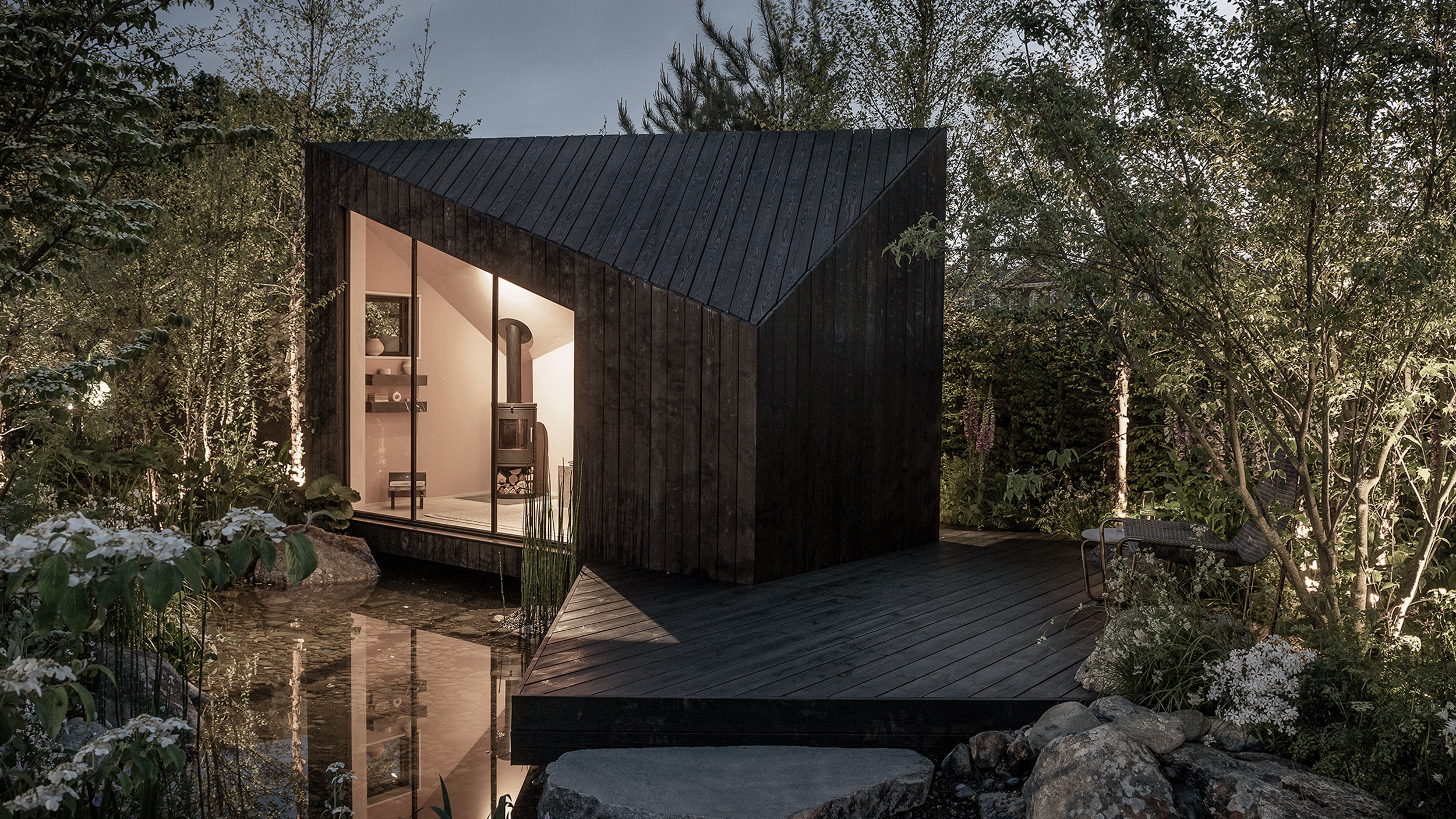 The dream of the flat-pack home continues with this elegant modular cabin design from Koto
The dream of the flat-pack home continues with this elegant modular cabin design from KotoThe Niwa modular cabin series by UK-based Koto architects offers a range of elegant retreats, designed for easy installation and a variety of uses
By Jonathan Bell
-
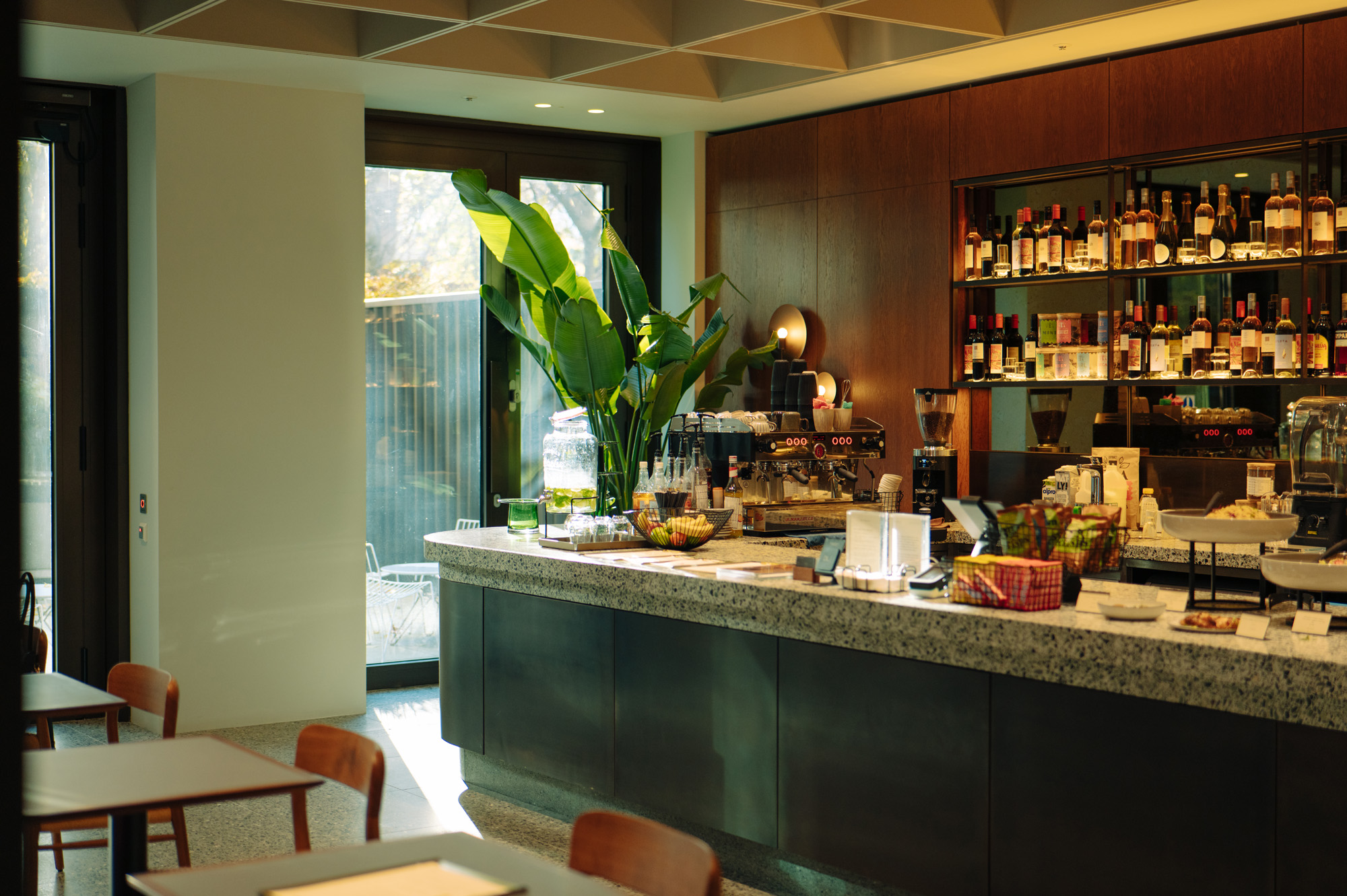 Are Derwent London's new lounges the future of workspace?
Are Derwent London's new lounges the future of workspace?Property developer Derwent London’s new lounges – created for tenants of its offices – work harder to promote community and connection for their users
By Emily Wright
-
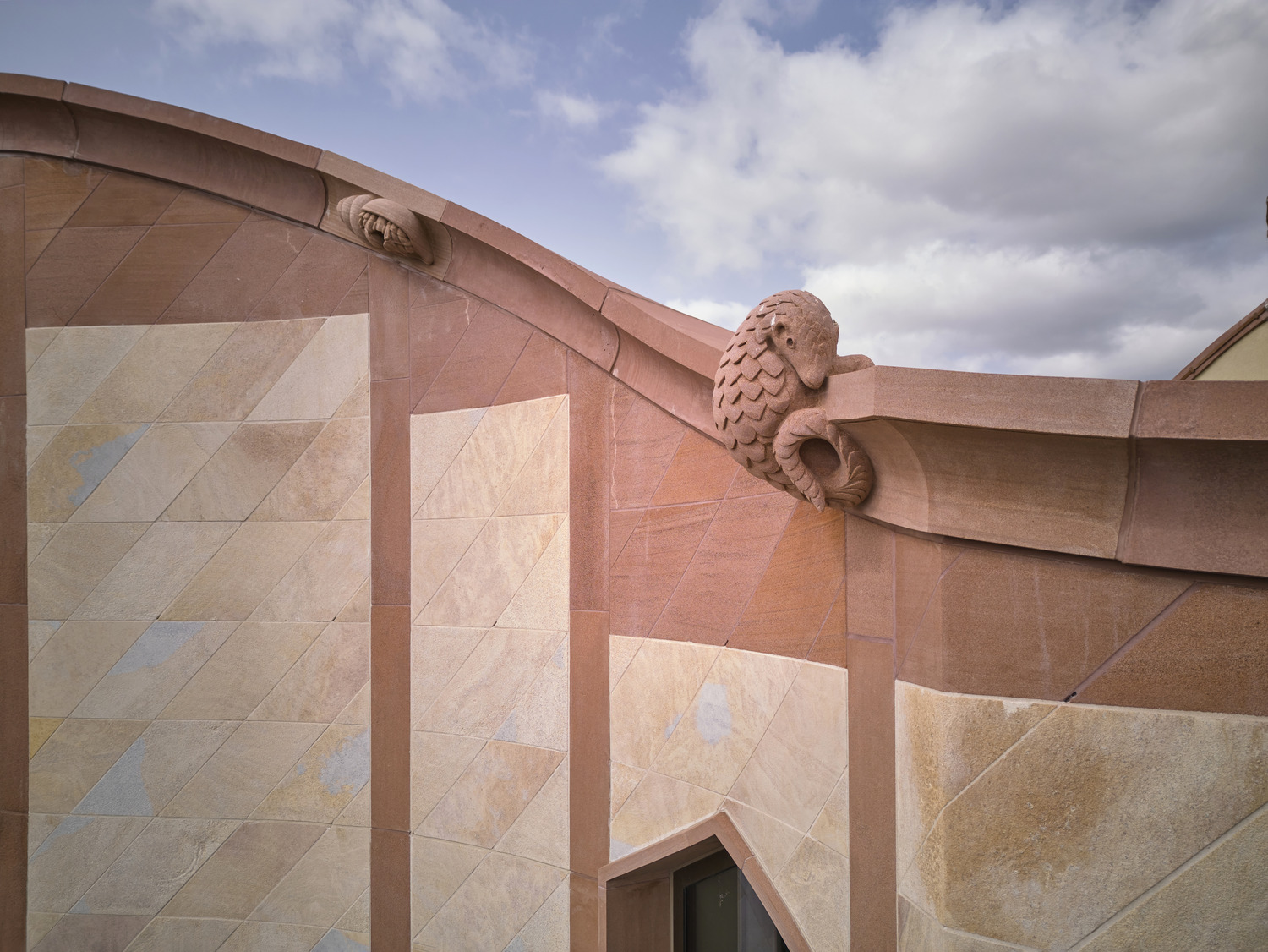 Showing off its gargoyles and curves, The Gradel Quadrangles opens in Oxford
Showing off its gargoyles and curves, The Gradel Quadrangles opens in OxfordThe Gradel Quadrangles, designed by David Kohn Architects, brings a touch of playfulness to Oxford through a modern interpretation of historical architecture
By Shawn Adams
-
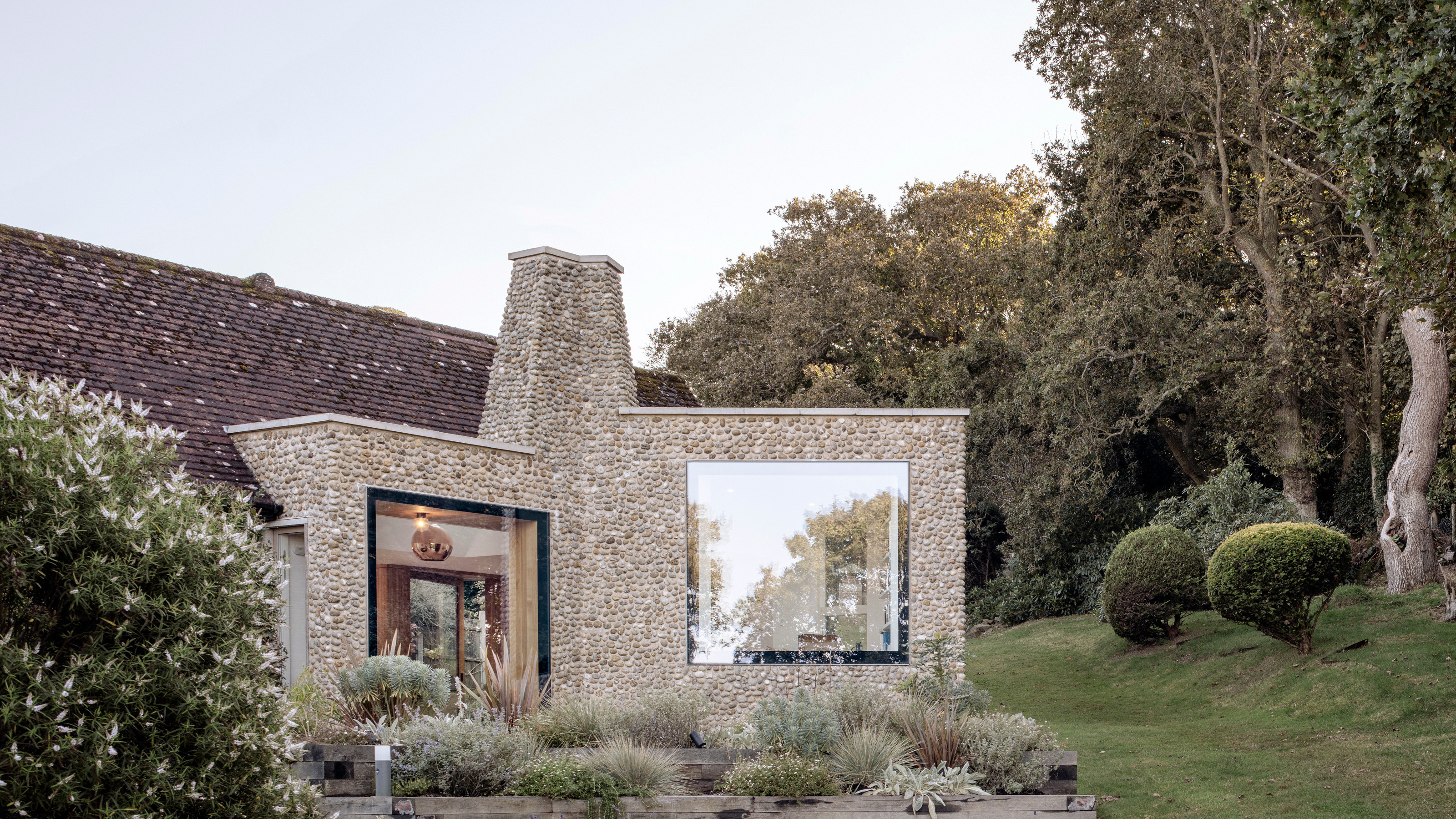 A Norfolk bungalow has been transformed through a deft sculptural remodelling
A Norfolk bungalow has been transformed through a deft sculptural remodellingNorth Sea East Wood is the radical overhaul of a Norfolk bungalow, designed to open up the property to sea and garden views
By Jonathan Bell